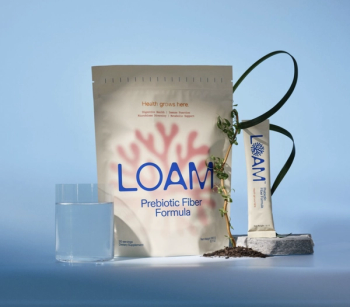
|Slideshows|March 7, 2017
- Nutritional Outlook Vol. 20 No. 5
- Volume 20
- Issue 5
5 Probiotic Myths Debunked
Author(s)Jennifer Grebow
Are all fermented foods probiotic? Do probiotics delivered in a topically applied skin cream really work? Probiotics expert Ganeden takes us through five of the most common myths surrounding probiotics.
Advertisement
Articles in this issue
over 8 years ago
2017 Plant Protein Ingredient Updateover 8 years ago
Added-Sugar Solutionsover 8 years ago
Testosterone Support Still Going Strong in Men’s Supplements?over 8 years ago
Nutrigenetics, Weight Management, and Dietary SupplementsNewsletter
From ingredient science to consumer trends, get the intel you need to stay competitive in the nutrition space—subscribe now to Nutritional Outlook.
Advertisement
Advertisement
Advertisement
Trending on Nutritional Outlook - Supplement, Food & Beverage Manufacturing Trends
1
Artemis International: 30 Years of Science-Backed Berry and Botanical Innovation
2
New LOAM prebiotic fiber formula includes NutriLeads’ Benicaros ingredient
3
Certifications, Clinical Trials, and Consumer Trust: How SGS NutriSource Serves the Industry
4
Lacprodan MFGM-10 obtains approval in Brazil
5





